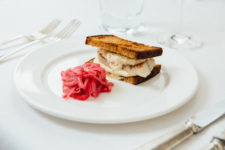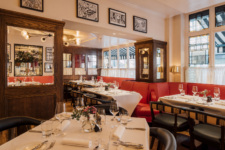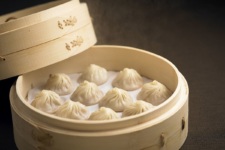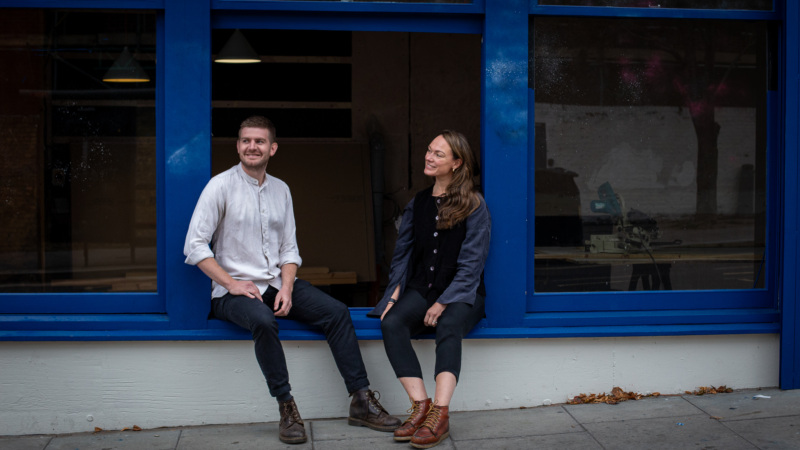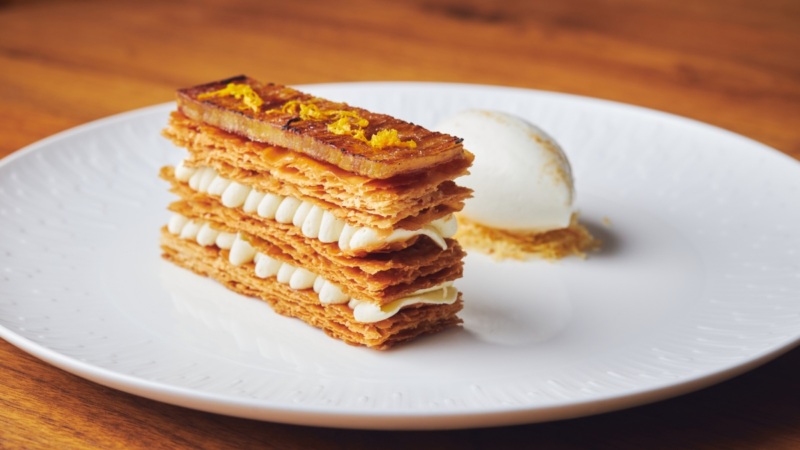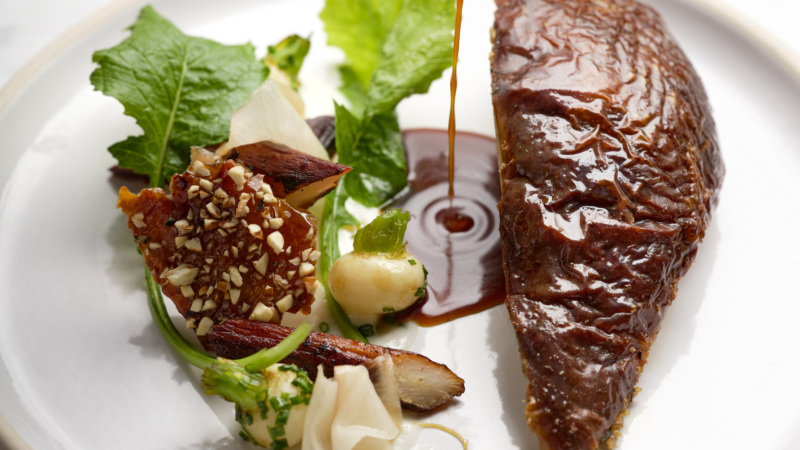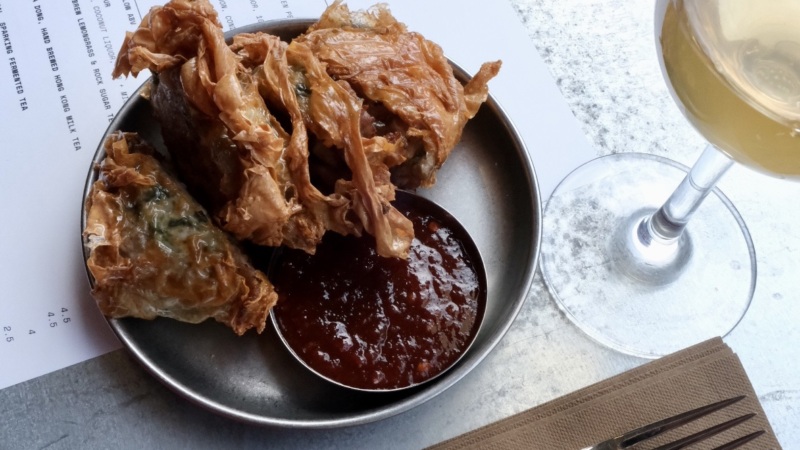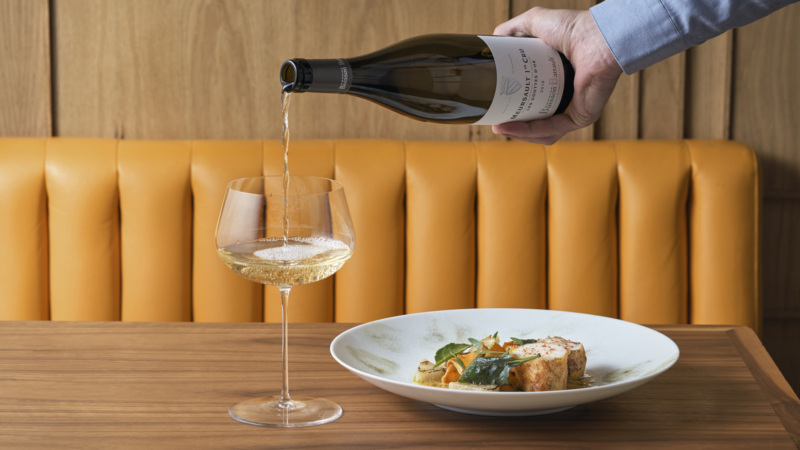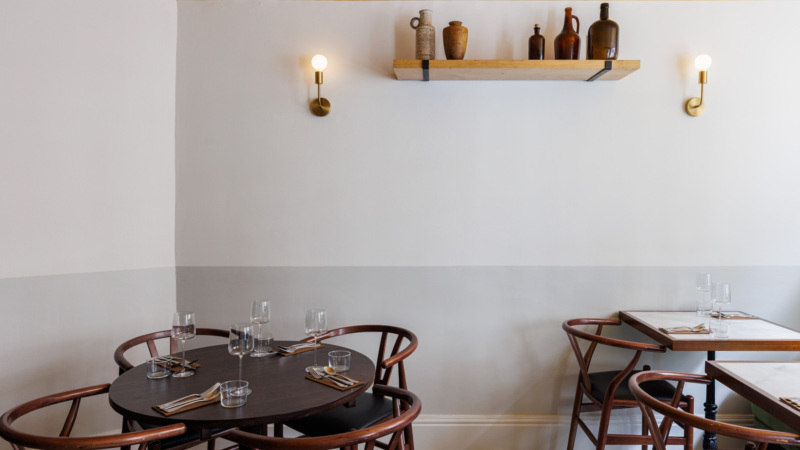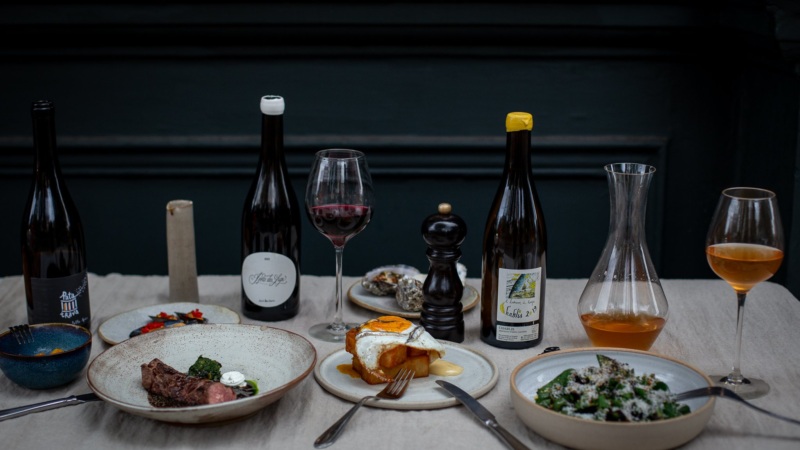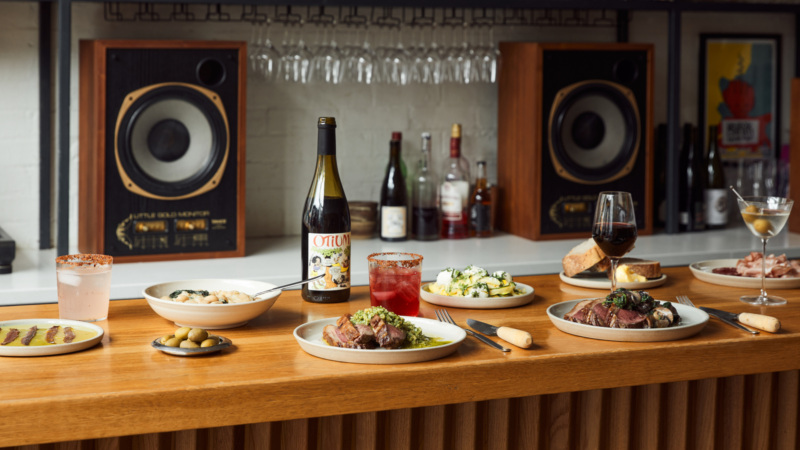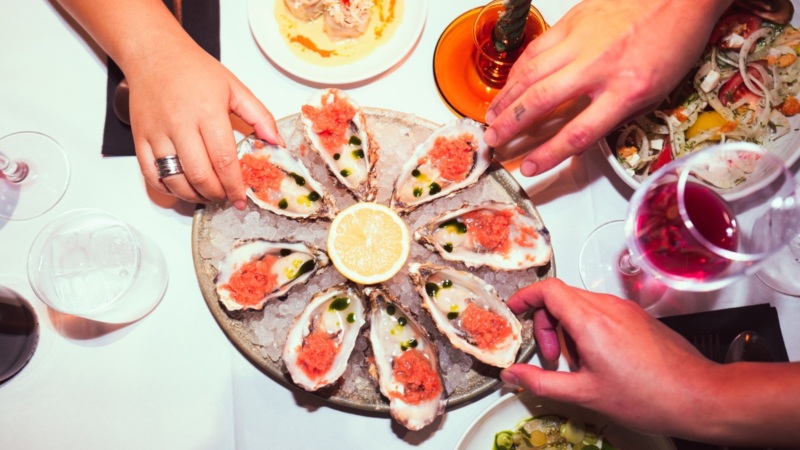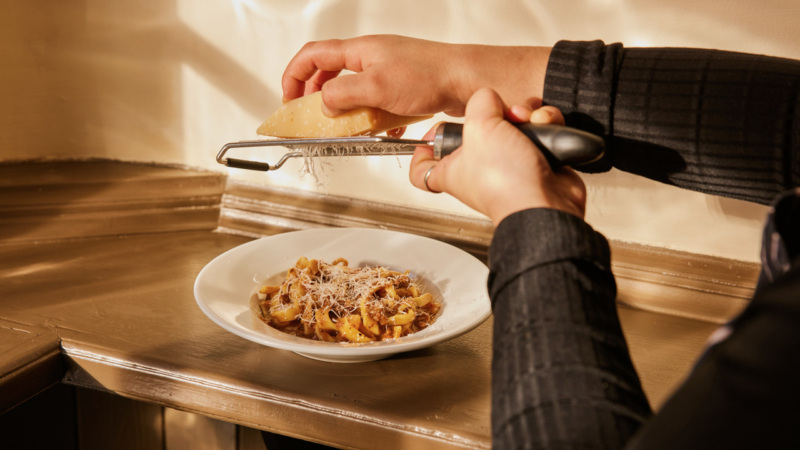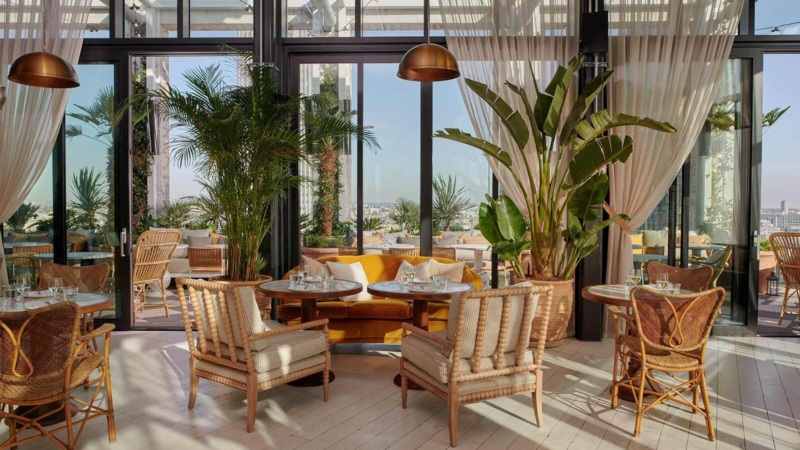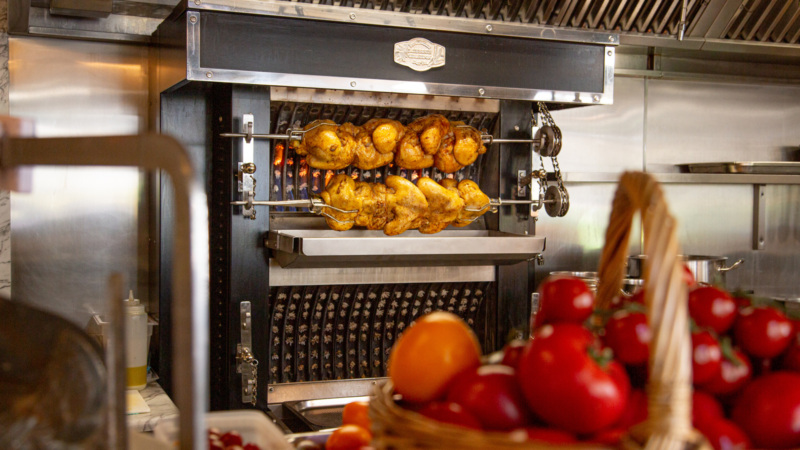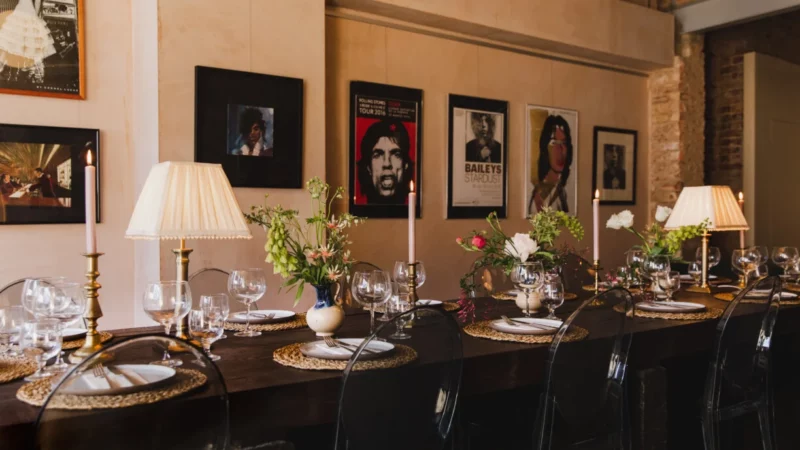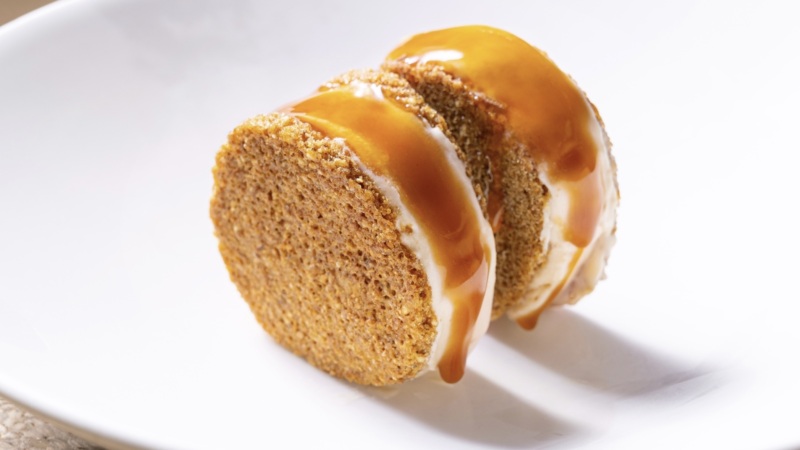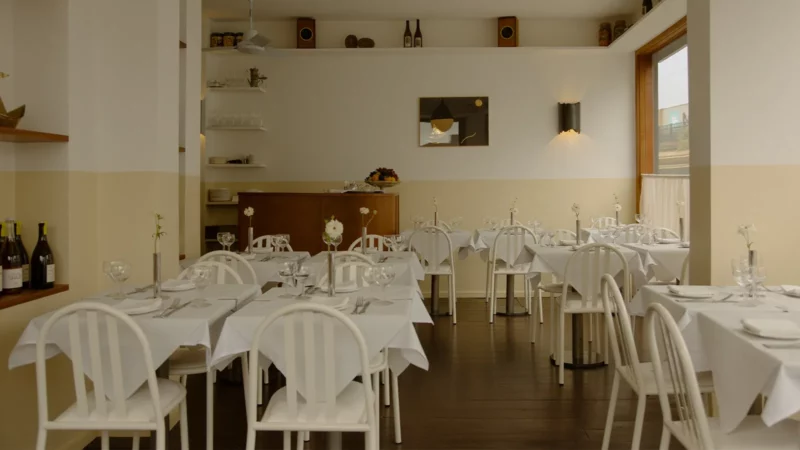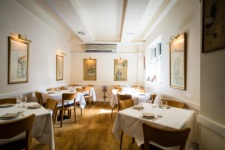
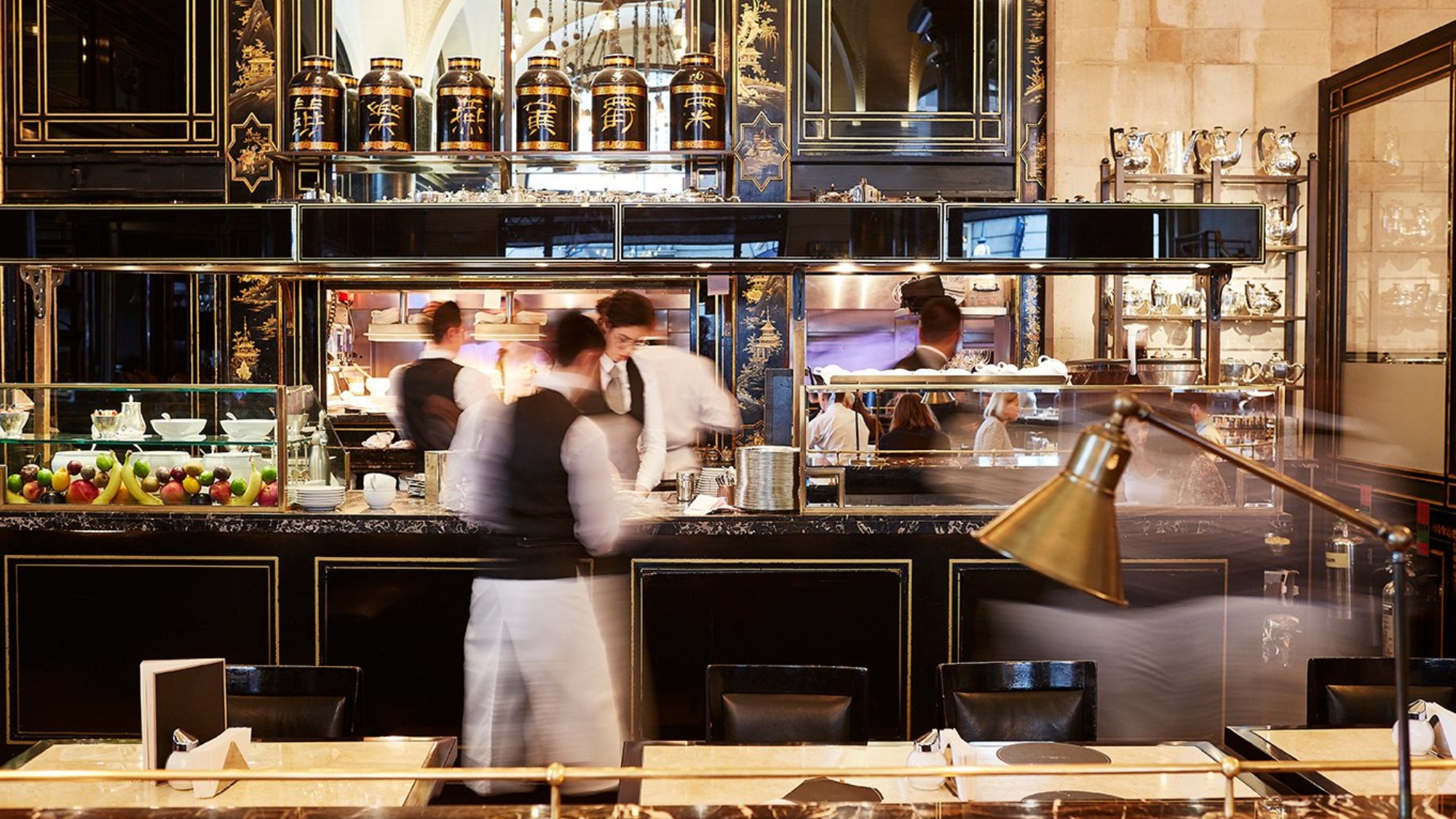
The Definitive Guide to London’s Classic Restaurants
What makes a London restaurant a classic?
To us, classic restaurants are exceptional places that, over time, have come to define their communities, and more often than not, their cities. They’re outstanding examples of their genre, a benchmark by which others are judged and, most importantly, are always themselves regardless of the tastes of the day.
Tightly woven into the fabric of the city, these classic London venues are the living remnants and keepers of time-honoured traditions and tales, detailing immigration patterns, culinary tendencies, social happenings, and so much more. While age isn’t necessarily a barrier to entry, each of these restaurants shares a permanence and significance far beyond their walls.
From historic oyster bars and Punjabi curry houses to East End cafes and pie shops, here are the bastions of old London.
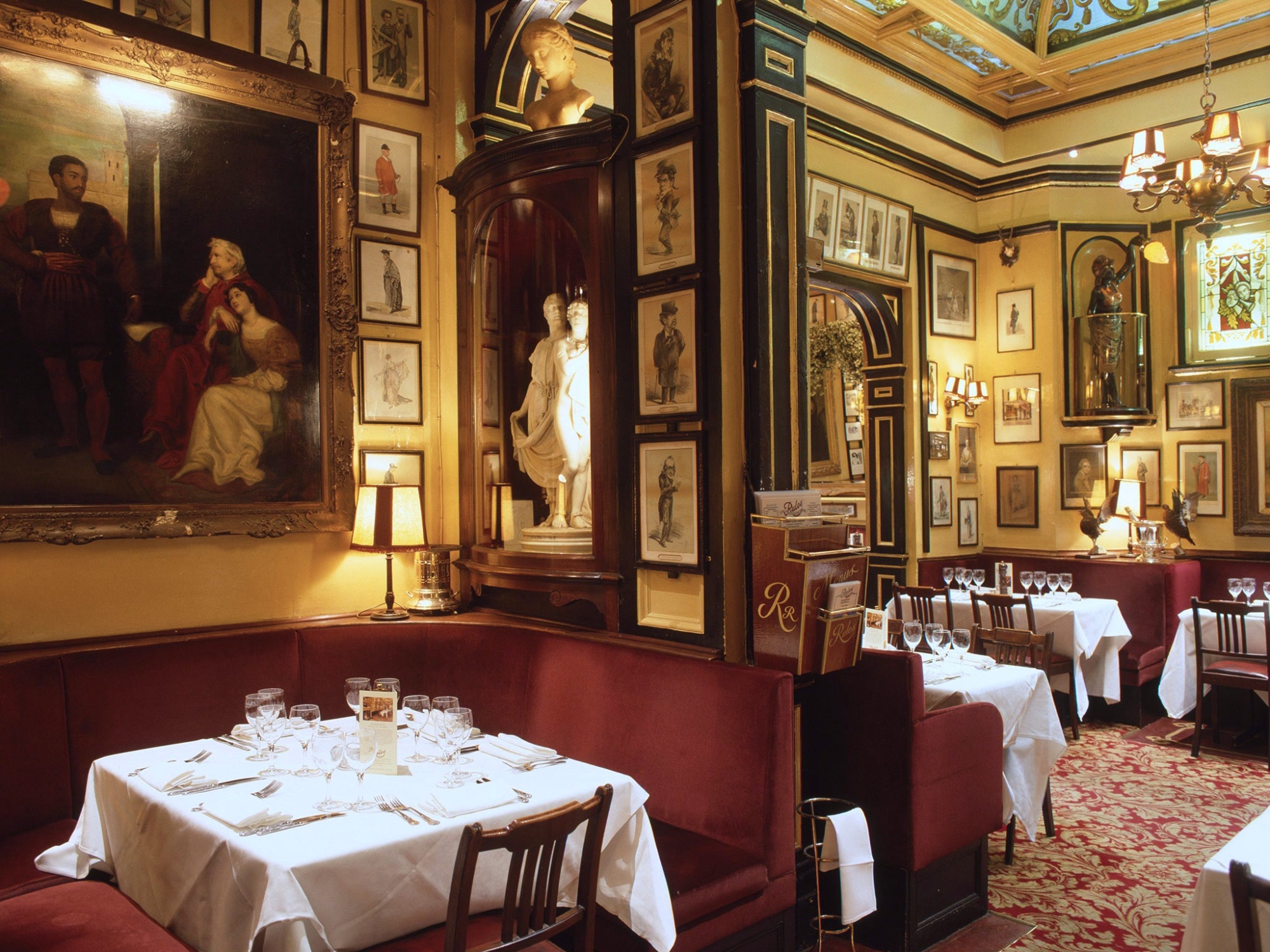
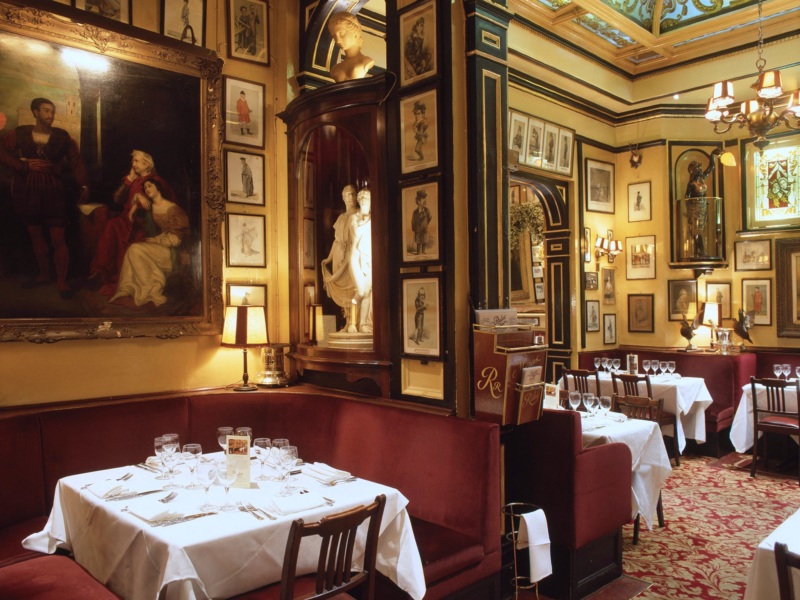
Pre-1900
Ushered into existence in a bygone era, these establishments are true bastions of old-world London; living, breathing relics that have defied the odds to remain where they are today. While many speak to the city’s stratified past (with food and surroundings to match), others, like Paul Rothe & Son and E Pellicci were, and remain, democratic to all.
Rules
Since 1798
Established in 1798, one of London’s oldest restaurants is still on fine form; game is a speciality, the opulent dining room still sparkles, and the bar is one of the finest in all of the city and serves one of its best martinis.
Sweetings
Since 1889
Not all anachronisms are delightful, but Sweetings certainly is. London’s oldest seafood restaurant (est. 1889) serves fine British fish and shellfish (think Dover sole and potted shrimp) alongside hearty, no-nonsense puddings, and cocktails.
Paul Rothe & Son
Since 1900
Originally set up to serve the neighbourhood’s German immigrants, this 120-year old Marylebone deli has been in the Rothe family since 1900 and is, in technical parlance, proper. Meticulously organised rows of jams, preserves and condiments line the shelves, and its popular deli proffers hand-cut sandwiches and hot soups to take away or enjoy at a booth.
Wilton’s
Since 1742
Predating the American Declaration of Independence and Napoleonic Wars, this very old (est. 1742) British restaurant still has it, and then some. Elegant, charming, and unapologetically old-fashioned, classics like oysters, dressed crab, and puddings are as they should be; so too is the dinosaur-era carving trolley, which proffers slices of beef, pork, and lamb in perfect shades of pink.
E Pellicci
Since 1900
Capturing the warmth, wit, and charm of the city’s East End, E Pellicci has been serving its community and devoted regulars for over a century. A family-run cafe with a pronounced Italian influence, it was famously a hangout of the Krays for years, and continues to keep its guests in sturdy breakfasts, lasagne, and chips, with an always-entertaining dining room to match.
J Sheekey
Since 1896
Quietly tucked off the main street, this classic seafood restaurant is famously beloved of the thespians that frequent its West End locale. The sumptuous surroundings make up as much of the experience as the food; shellfish platters, oysters, and a fiendishly buttery fish pie that speaks to the restaurant’s desire to replenish as much as it dazzles.
French House
Since 1891
An unimprovable landmark. Like Quo Vadis, The French House takes the best of Soho’s past (regulars famously included Bacon and Freud, while de Gaulle apparently wrote his à tous les Français speech in the pub) and adds a soulful modernity to the mix; today, chef Neil Borthwick continues the tradition of no-fuss, French-leaning food and bonhomie in the upstairs dining room.
Quality Chop House
Since 1869
The current incarnation of this former chop house is overseen by two of London’s savviest restaurateurs, meaning that this evocative dining room’s future is all but assured. Fine wines and some of the capitals’s finest meat, game, and fish dishes are specialities, as well as its best steaks, executed with a modern touch. A deli and next door wine bar add much to its legacy.
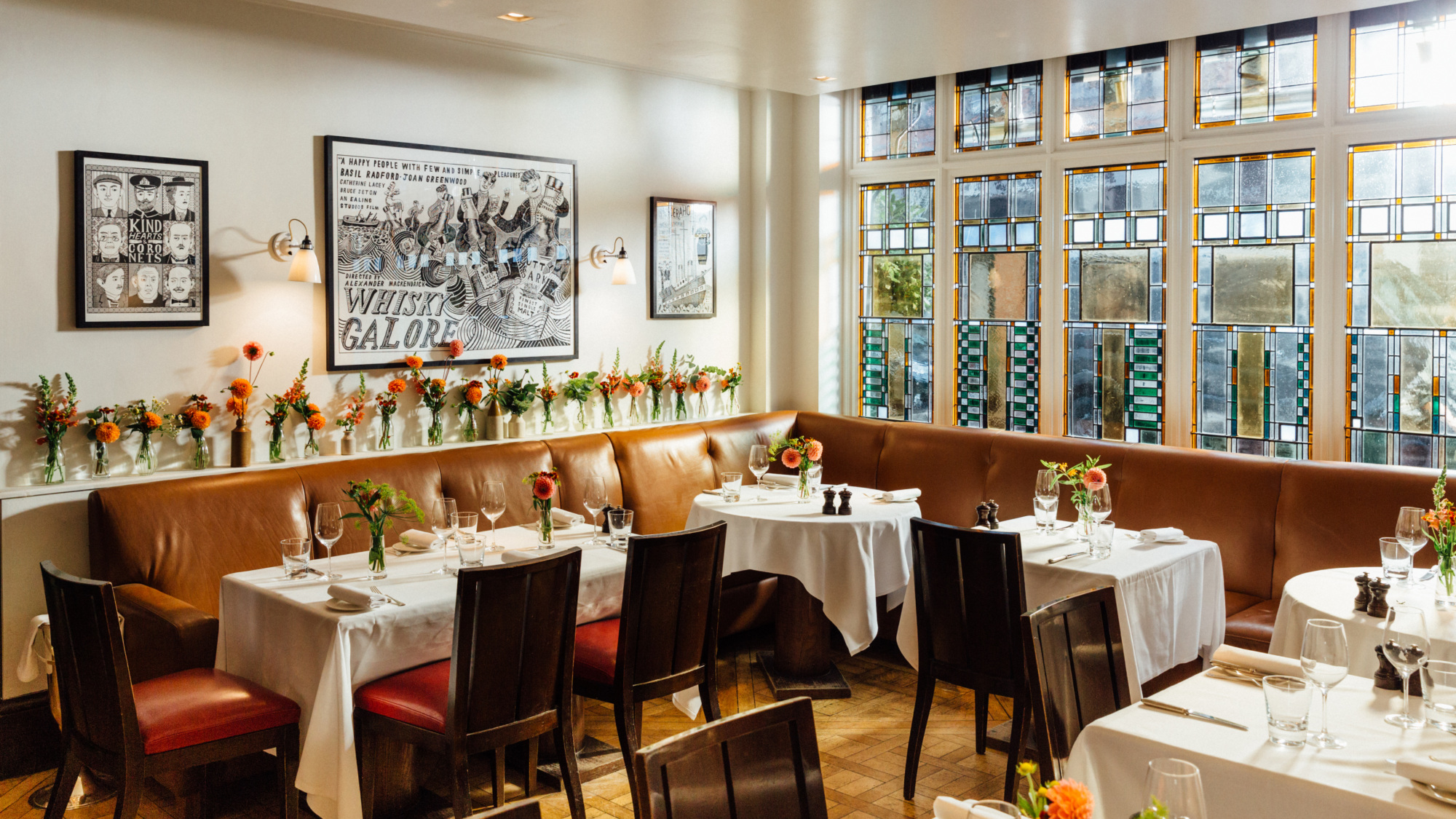
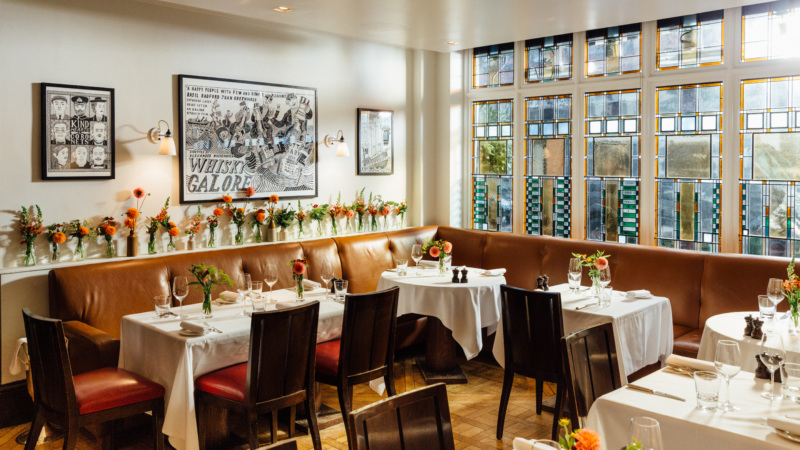
1900 – 1950
Many of the glamorous venues that Londoners think of as “classics” were established in the pre- and inter-war periods, like The Ritz, The Ivy, and Bentley’s. Rationing and the easy availability of eels in the Thames led to the popularisation of eel, pie and mash shops such as F. Cooke and G Kelly; meanwhile, immigration from Italy led to the establishment of Italian-owned cafes and restaurants in Soho, of which Bar Italia and Quo Vadis are prime examples.
Veeraswamy
Since 1926
London’s oldest Indian restaurant is also one of its best, having kept a Michelin star since 2016. It’s memorable in every sense; from the history of its site and opulent dining room, to a commanding view over Regent Street and dishes prepared to 1926 recipes. Today, contemporary dishes take their place next to time-honoured classics like Kashmiri lamb rogan josh and mulligatawny soup.
G Kelly
Since 1920
Beef pies, mash, and parsley liquor. The formula hasn’t changed much at this classic East End pie and mash shop, but they do offer gravy upon request, though the stewed and jellied eels may still be an acquired taste. Its takeaway service is still going strong in this sleepy East London neighbourhood, while Climpsons coffee is available to take away.
The Ritz
Since 1906
Fellow millennials may balk at donning a suit and tie for dinner, but a meal at this institution’s unapologetically extravagant restaurant is worth it. Far from being archaic, John Williams’ cooking has a lightness of touch that also nods to his French leanings, while the dining room is as gloriously OTT as you’d expect.
Bentley’s
Since 1916
While over a century old, this classic Mayfair oyster bar and grill was restored to its former glory by Richard Corrigan in the early aughts. A gleaming, marble-topped bar for shellfish and champagne, and a reassuringly plush atmosphere make it a go-to for casually glamorous feasts and old-world elegance.
The Ivy
Since 1917
Recently revamped but timeless in feel, The Ivy is arguably the city’s most famous restaurant. If you can get an invite or procure membership, the upstairs dining room is still one of the most civilised dinners you can have in the capital, with chef Gary Lee’s menu of crowdpleasers like shepherd’s pie and Dover sole providing a fitting accompaniment to the ambience.
Quo Vadis
Since 1926
Louche but upscale, exclusive but open to all, Quo Vadis has been going for 95 years — and still continues to school younger rivals in the art of great hospitality and service. An institution that draws from Soho’s old past while looking to the future, meals here are underpinned by Jeremy Lee’s whimsical, seasonal British menu of roasts, pies, puddings, and a justifiably famous smoked eel sandwich.
Beigel Bake
Since 1929
Just a short walk from Shoreditch, this beloved institution recalls Brick Lane’s Jewish history with pastries, bread, and freshly baked beigels with the perfect amount of chew. Salt beef is the classic filling (always with mustard and pickles), and this takeout-only spot also has its own app for delivery.
Bar Italia
Since 1949
A favourite with nighthawks, late-night revelers, and Soho romantics, this coffee bar has kept the neighbourhood in espresso and cannoli since opening in 1949. Pavement seats are perfect for people-watching, and it’s a popular spot for expats to catch Serie A matches, broadcast on a huge screen indoors.
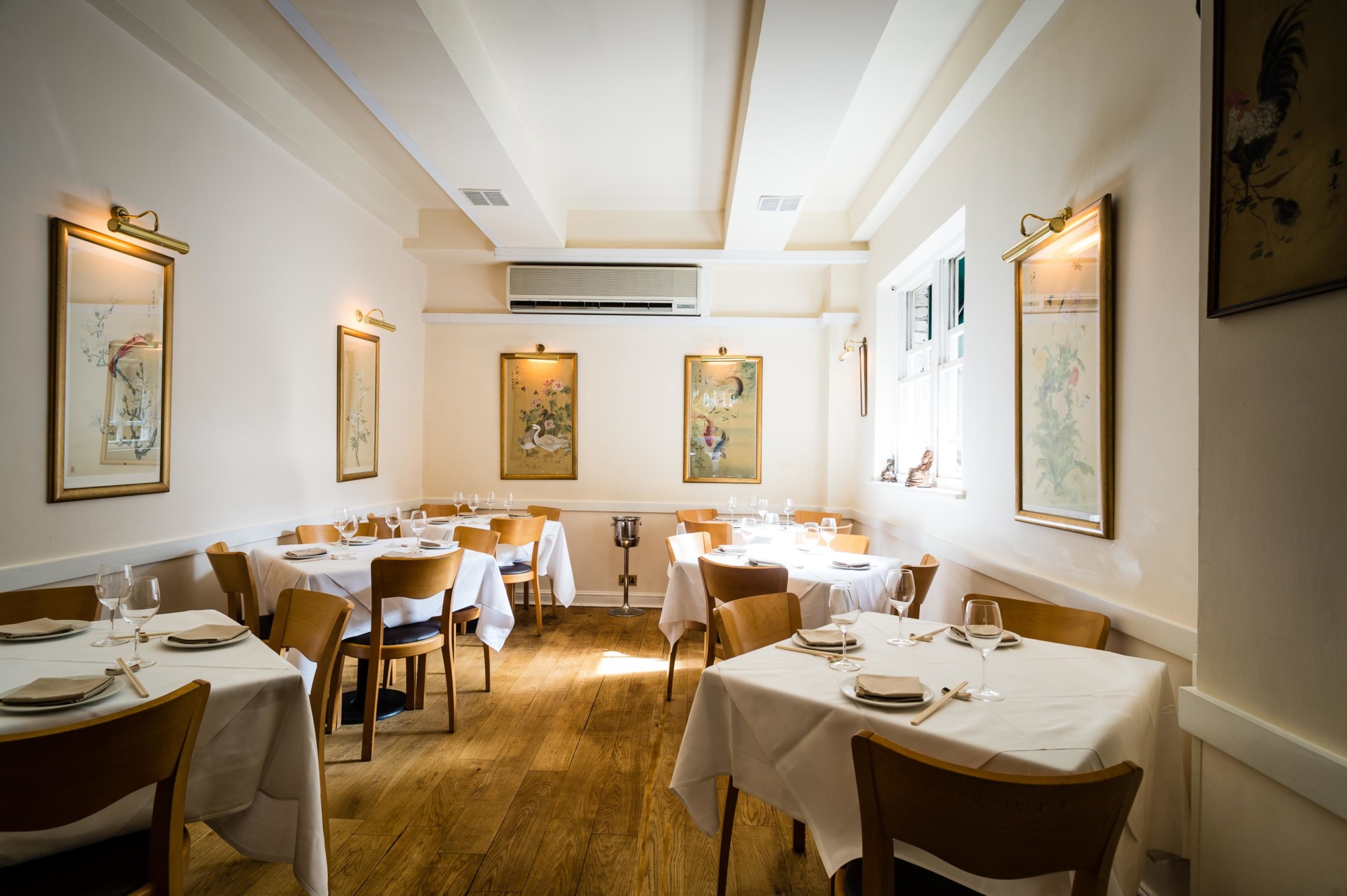
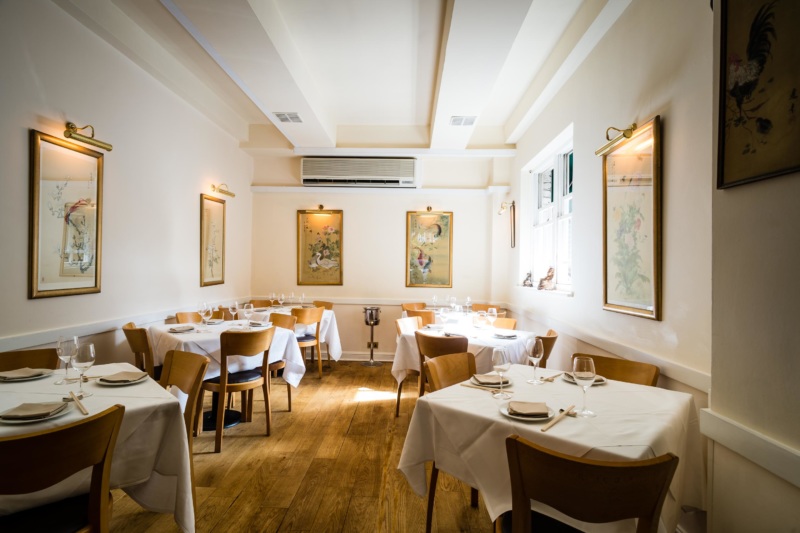
1950-1990
The postwar period set the stage for the development of diaspora communities across the city from Chinatown to Brick Lane and Notting Hill, as immigration from the former empire set the stage for a more multicultural London. Classic restaurants like Tayyabs, Wong Kei, and Brilliant endure to this day, while singular establishments like Oslo Court and Hunan allowed for the expression of their owners’ inimitable personalities. Meanwhile, the arrival of The River Cafe in 1987 set into motion a wave of influence for simple, ingredient-driven cooking that persists to this day.
Oslo Court
Since 1982
A cult gem that deserves its place in the annals of London’s great restaurants, this idiosyncratic, unabashedly retro restaurant is hidden away on the ground floor of a mansion block in St. John’s Wood. The menu could be a museum piece — steak Diane, peach melba, crab à la Rochelle — and is all the better for it, while service from longtime waiters in dinner jackets is a consistent delight.
The River Cafe
Since 1987
Verbal accounts of meals at this influential West London institution wistfully recount the idyllic riverside location and owner Ruth Rogers’ (and the late Rose Gray’s) brand of stripped-back, produce-led Italian cooking — before inevitably dropping in that a plate of pasta runs £23. All true, but for a special meal, there are few places higher on the list.
Hunan
Since 1982
This unapologetically eccentric Chinese restaurant is known for two things: Having no menu, and being driven by its founder’s uncompromising vision of fine dining. A procession of tiny, exquisite bites (a proto-tasting menu, if you will) is part of the pleasure here, as is the unfailingly kind service from owner Michael Peng and one of the best value wine lists in town.
Da Maria
Since 1980
This cosy, unassuming cafe’s Britalian dishes have been neighbourhood staples since it opened in 1980. Pizzas and pastas are as comforting as it gets, and the walls are adorned with retro AC Napoli apparel, including one of Maradona’s original shirts. An eviction threat in 2017 was a reminder to Londoners of the value of classic institutions to the city’s heritage and character.
Tayyabs
Since 1972
Along with nearby Lahore, Tayyabs in Whitechapel has represented the kind of lively, sleeves-rolled-up evening that most Londoners strive to experience at least once in their lifetimes. Queues for dinner (you can book, not that it particularly helps) are as legendary as the restaurant’s sizzling lamb chops, but the atmosphere and glorious Punjabi dishes more than make up for it.
Brilliant
Since 1975
Those searching for London’s best South Asian food would do well to direct their search to its outer boroughs like East Ham and Wembley. Southall is a stronghold, and Brilliant one of its classic Punjabi establishments; staples like papri chaat, aloo gobi and methi chicken are excellent, and it’s one of the few places that serves ultra-thin romali roti. Service from owner Gulu Anand and his daughter Dipna is exceptional and charming.
Ciao Bella
Since 1983
Many Brits’ early restaurant experiences will include a trattoria in one form or another, and this irreplaceable local on one of London’s prettiest lanes represents a pinnacle of sorts. An upbeat, celebratory atmosphere, the tinkling of a live piano; a dining room of diehard regulars; and the kind of old-school, unpretentious Britalian fare that signals the start of a memorable evening.
Wong Kei
Since 1980
For a while, all you could get in Chinatown was Cantonese, but eateries focusing on Hong Kong-style hawker fare are less common these days. Wong Kei has done away with its rep for theatrically rude service — now part of the neighbourhood’s folklore — but still does solid renditions of one-plate dishes like wonton mee, brisket noodle soup, and pork chop rice.
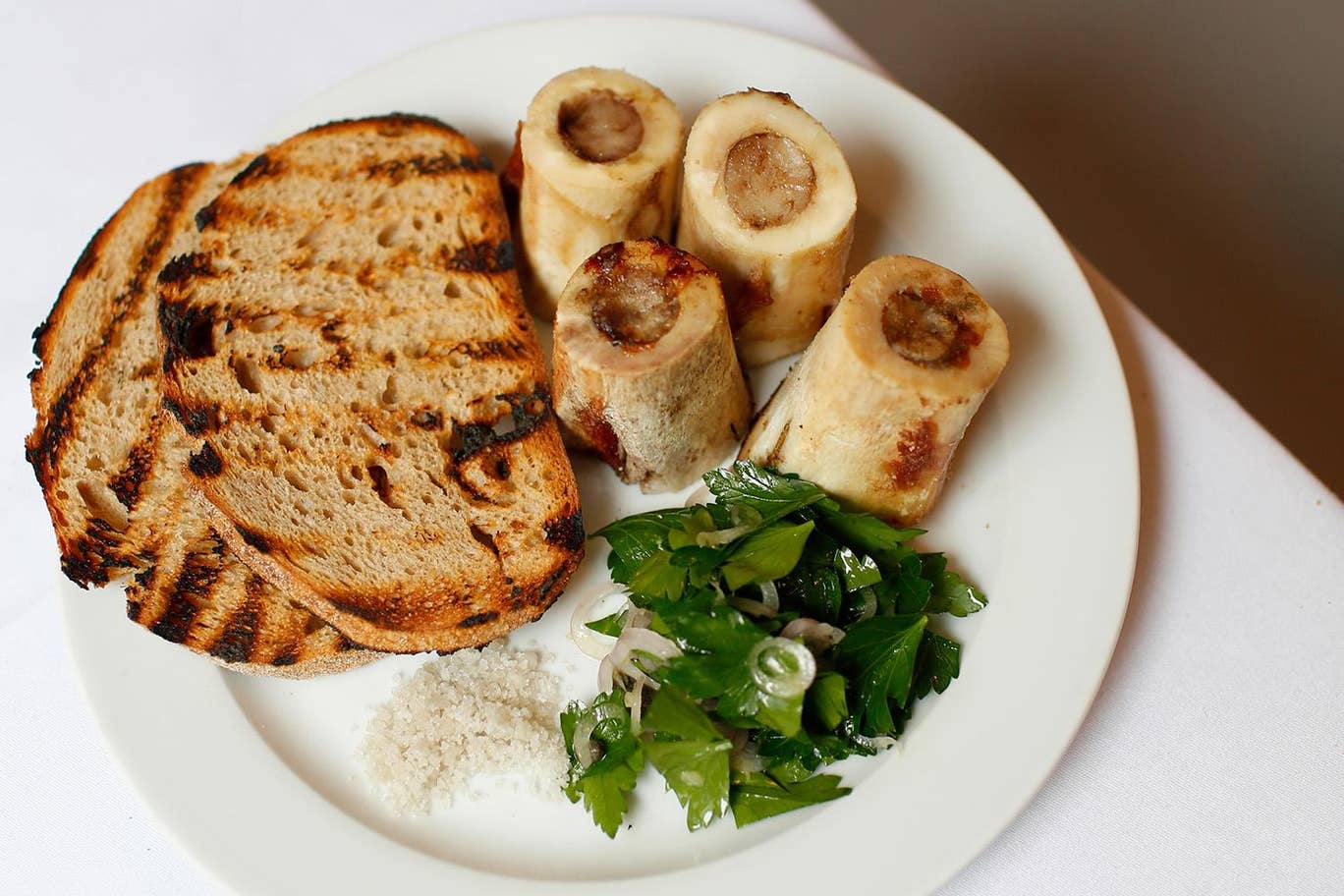
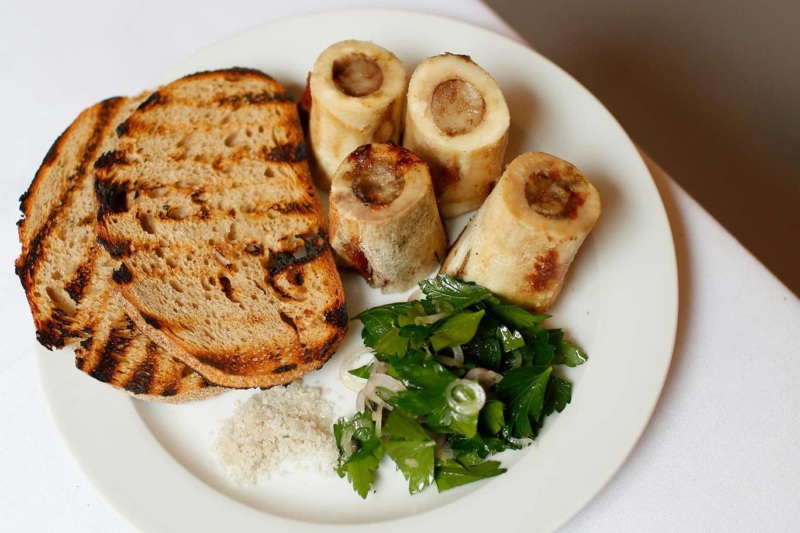
1990-Present
In the modern era, contemporary classics like St. John and The Eagle helped to redefine traditional definitions of Britishness, codifying notions of “British” cuisine and where we ate it. Meanwhile, Corbin and King raised the bar on what diners could — and should — expect from a restaurant with the grand and sweepingly beautiful Wolseley. As these restaurants demonstrate, a classic isn’t necessarily defined by its age.
The Eagle
Since 1991
Pubs in London rarely better the atmosphere at this classic Farringdon establishment, said to be the birthplace of The Gastropub. It’s built a reputation on conviviality, outstanding food from a daily-changing blackboard, and a steak sandwich for the ages; the food can be best described as a Mediterranean holiday, and is an essential stop for locals and out-of-towners alike.
Moro
Since 1997
Moro helped to bring Middle Eastern flavours into the mainstream, while establishing Exmouth Market as a dining destination. Sam and Samantha Clark’s produce-led menu travels through North Africa and the Levantine, as well as Spain and Italy; the smart, colourful dining room is an appropriate setting for dishes like wood-roast chicken with sumac, or Maghrebi-style brik with anchovy, harissa and coriander.
Lutong Pinoy
Since 1996
At the epicentre of Earls Court’s ‘Little Manila’, this small, family-run restaurant has served the local Filipino community since opening in 1996, and has served many a kabayan (fellow countryman). Kamayan — extravagant, celebratory feasts arranged on banana leaves — are a big draw, but a menu of homestyle dishes like pancit, crispy pork lechon and adobo always hit the spot too.
Roti Joupa
Since 2000
London’s connections to the Caribbean are deep, and echoed in its diverse food offerings. This unassuming but popular Trinidadian roti shop has a devoted following, who queue for fluffy roti, masterful buss up shot and irresistible doubles as well as curries and macaroni pie. It’s mostly takeaway only, but there’s space for eat-in if you don’t want to wait.
Anchor & Hope
Since 2003
One of the city’s best gastropubs. On one side, an old-school boozer; on the other, a relaxed dining area with a broadly British and European-influenced menu of dishes with excellent cocktails and wine to match. Expect anything from three-cheese souffle with hazelnuts and seven-hour lamb neck with dauphinoise potatoes, to perfect renditions of cheffy favourites like Piedmontese bollito misto.
Roti King
Since 2003
Visitors and locals alike have made the pilgrimage to this cosy Malaysian cafe in Euston, where the legendary roti canai is the standout dish, a flakey, buttery marvel that’s absolutely worth the queues (Pro Tip: arrive early). Staples like mee goreng and laksa are also very good, and a balm for cold weather.
Mangal 2
Since 1994
This classic promises all the conviviality of a great Turkish grill, with all of the juicy, charred meat, soft, pillowy bread, and bright salads that Dalston and Green Lanes are known for. Under its young new owners, this particular institution has evolved to match the times, with subtle touches of modernity to the menu, plus craft beers and natural wines to drink.
Singburi
Since 1999
Opened before the turn of the millennium, this small Thai restaurant quickly established itself among locals as a destination for faithful renditions of southern Thai classics, as well as plenty of conviviality and warmth from its matriarch, Thelma. Of late, her son Sirichai Kularbwong has lured Londoners to deepest Leytonstone from far and wide with breathtaking flavours and a daily-changing blackboard that perfectly balances innovation, ambition, and tradition.
St. John
Since 1994
Fergus Henderson and Trevor Gulliver’s temple to nose-to-tail eating is still going strong, with a tastefully pared-back dining room setting the scene for unfussy — but beautifully cooked — meat and fish dishes, and perfect puddings. The roast bone marrow and toast is, of course, an appropriate initiation, and also available at their excellent bar.
The Wolseley
Since 2003
Corbin and King’s original institution is a magnet for experience-seekers looking to savour this grand cafe’s breakfast (and what a breakfast it is), but in truth, the restaurant is superb at any time of day. The surroundings — all pillars, marble, and soaring ceilings — are breathtaking, the European-leaning brasserie dishes are spot-on, and service best-in-class.

